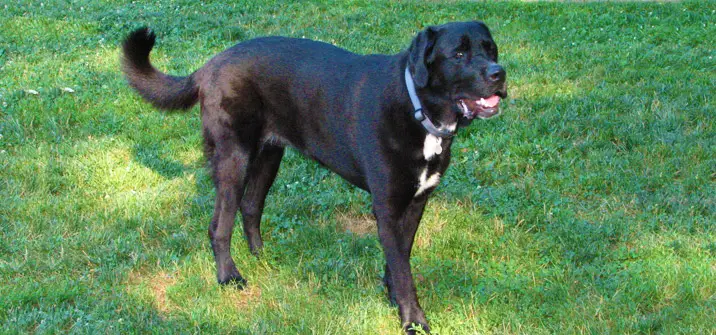The St. Bernard was known as a rescue dog of the Alps. Kept by monks at a Swiss hospice situated at the Great St. Bernard Pass, the breed is thought to be a mix of molossoid and mastiff bloodlines, and helped to find people buried in avalanches with their keen sense of smell. A common depiction of St. Bernards is with a small barrel of brandy around their neck, supposedly to help warm the victims while waiting for help, but this has never been confirmed as accurate.
Labernard


